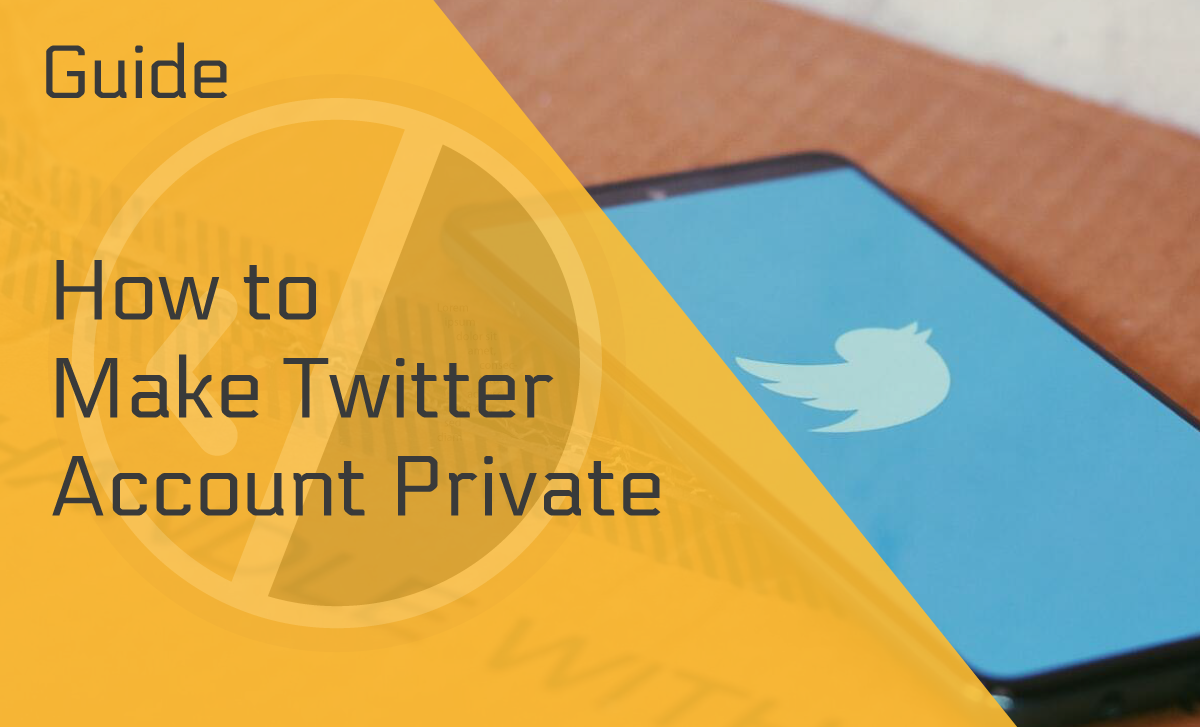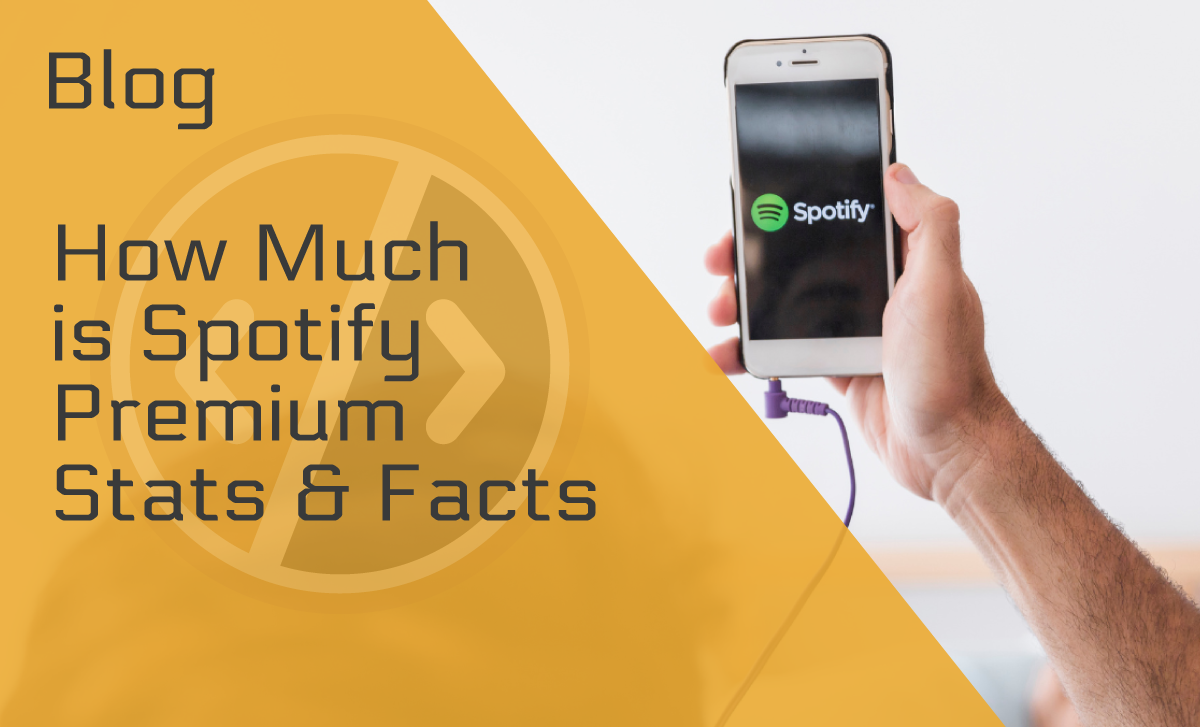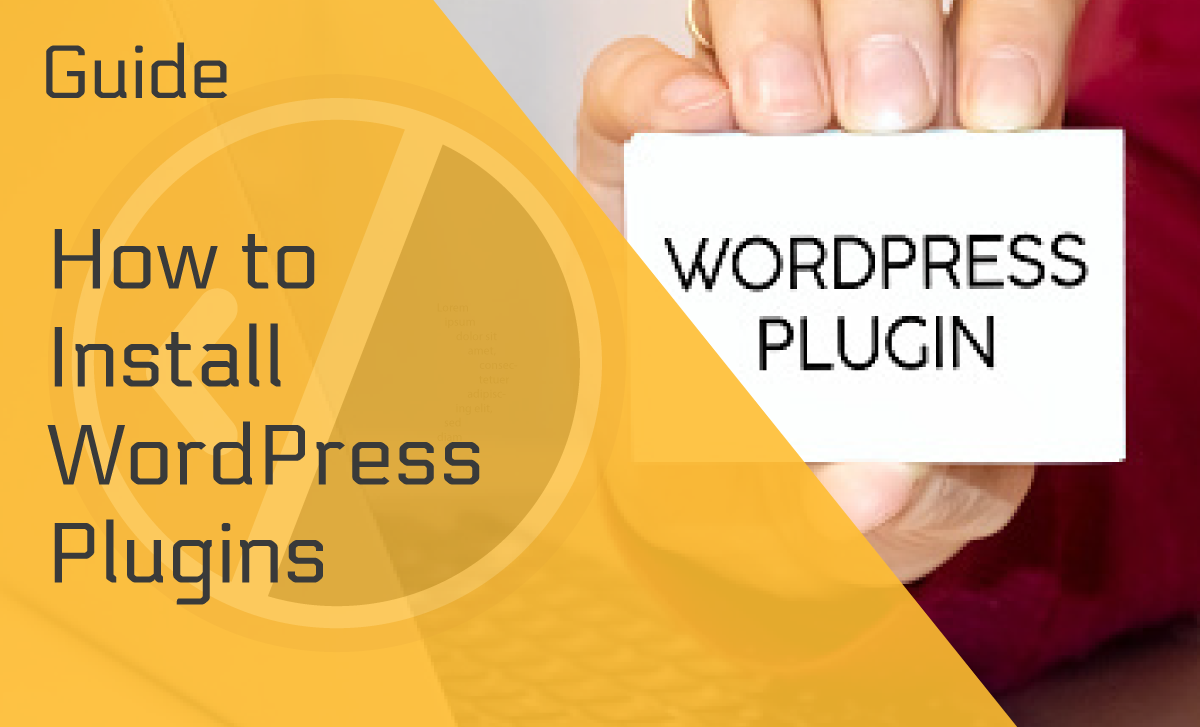How to Launch an App Successfully in 11 Steps
Published: February 10, 2022
Nowadays, nearly all businesses create apps to keep up with the competition. So, if you’re thinking of getting one too, that’s great! The mobile app ecosystem keeps changing, so knowing how to launch an app successfully may be challenging without following an up-to-date guide.
In this article, we’ll provide eleven easy-to-follow steps that’ll make your app launch a success.
Let’s check them out!
How to Launch Apps — The First Step
Before you start doing anything, you must get familiar with your competition.
Let’s see why.
1. Get Familiar With Your Competitors
Did you know there were over 3.4 million apps on Google Play Store in the first quarter of 2021 and over 2.2 million on Apple App Store? That means you have tons of competitors out there.
So, to understand what you’re up against, you must research your competition before launching your app.
You should figure out how to make your app stand out. Focus on finding out as much as possible about your particular niche, identify what’s missing in it, and use that knowledge to make your app better.
Additionally, you should conduct app market research to see what made competitors’ apps successful and how they’re currently doing.
An excellent way of finding out how your competitors are doing is to check the user reviews from Google Play Store and Apple App Store.
That should give you a clear idea of whether the app is worth launching, especially if you plan to monetize it.
All About Money — Costing and Monetization
Creating an app doesn’t come without a cost, so you should first determine how large of a budget you’ll need. And the next step is finding out how to monetize it, so keep reading.
2. Estimate Your Budget
How much does it cost to launch an app?
This question usually comes first when planning to launch an app, so here are some benchmarks to give you a general idea about the costs.
Factors to Consider When Calculating Your Budget:
- The app’s purpose and features
- The platforms and devices it’ll support (iOs, Android, etc.)
- Third-party integrations (if any)
- Visual elements
- Hardware features for smartphones
- Maintenance support
The Cost of Developing and Launching an App:
- Simple app with basic features ($40,000–$60,000)
- Medium complexity ($61,000–$120,000)
- Complex development ($120,000+)
- Developer cost ($90,000/year)
3. Strategize Monetization
Monetizing your app is a critical component of making your launch a success. There are different monetization models, so it’s vital to identify the most suitable one for you and app users.
Think about your goals before launching a new app, and take it from there. You must determine how each strategy can affect user experience since 90% of users stop using an app due to poor user experience and performance.
Here are some of the most common monetization models:
Free and Paid App Version
One of the most popular app monetization models is the one that offers free and paid app versions.
The free version typically provides attractive but limited features. To access all features, users have to upgrade their subscription — that’s when the paid version comes to play.
The goal is to let the users enjoy the basic functionalities of the app and encourage them to ask for more further down the line.
This model is a proven effective way to expand the user database and drive app installation.
Free App With In-App Purchases
This is another one of the popular app launch ideas. Like the previous model, it entails a free version with limited features. But, in this case, to progress in the app and enhance their experience, users will have to enter pay-to-play mode.
This model is typically used for gaming apps where users can purchase more coins or new skins to progress faster or in dating apps where users pay to access advanced features.
Paid App
Some developers offer their apps in the paid version only. But those apps generally have outstanding value and features you seldom find on other apps. An excellent example of a paid app is Netflix, which offers tons of content unavailable elsewhere.
Therefore, Netflix, that’s spent $1.45 billion in 2020 on branding alone, is an app that offers excellent value for the money.
The bottom line is that if you’re launching an app with no free version, you must ensure it provides users with a unique and valuable experience. Otherwise, you may not manage to build a large enough user base to meet your monetization and revenue goals.
In-App Advertising
In-app advertising is one of the top choices for monetizing free mobile apps. This model allows developers to get paid for allowing advertisers to place ads on their apps.
The revenue in this model is mainly measured through CPM (cost per mille or cost per thousand impressions). In other words, the app’s revenue is calculated by multiplying the number of impressions by CPM value and then dividing it by 1,000.
For example:
10,000 impressions x $10 CPM value for an ad unit / 1,000 = $100 revenue
You can also gain revenue for in-app advertising through Cost per Click (CPC) and Cost per Action (CPA).
Overall, the potential to earn using this model is unlimited.
Developing the App
Now, it’s time to start your own app, that is, to begin developing it. Gather all your patience because it’s not going to be easy. Still, it’ll all be worth it once done correctly.
Go ahead and check out the next steps.
4. Build a Prototype
Now that you know how your competitors are doing, how much the launch will cost you, and how to monetize your app, it’s time to build a minimum viable product (MVP).
This prototype includes only the most essential features and allows you to check if early users will adopt your app.
It’s a low-cost way of putting your idea into action before marketing for the app launch. You can leverage it for further developments of the features. You can also use it to create a video demo that you can use for marketing.
Many app developers also take this opportunity to collect testers and gather feedback to know which areas they need to focus attention on (in terms of development) before launching the final version.
5. Testing and Stabilization Stage
Now’s the time to stabilize your app and prepare it for the launch by identifying and fixing bugs.
It’s crucial to have everything in working order before the launch, as a single error might end up costing you hundreds of dollars. Errors and bugs negatively impact the users causing them to leave negative reviews and low ratings.
And this could discourage new users from downloading your app.
So, before publishing an app in app stores, make it works perfectly on different devices and operating systems.
6. Beta Testing
At this point, you’ve already perfected your app and are ready to launch it. Well done!
Now it’s time for beta testing.
It’s best to release the pre-final version first and have a group of selected beta testers try it. They could provide you honest feedback and let you know whether you should do some last-minute fixes before the launch.
You can also use tools specifically created for beta testing of new apps in the stores (e.g., Google Play Console or Apple’s Test Flight).
This is a clever way to ensure your app is ready for the big day and that you’ll encounter only zero or minimal issues once it goes live.
The Next Step — Marketing Your App
Now, it’s time to cross out another item on your app launch checklist — marketing. You should start letting the world know you’ll soon be launching an app that can make a difference in their lives.
7. Build a Website for Your App
A website is an excellent way to market your app before the launch and even after it. But when creating one, you must ensure that your website contains high-value content that explains how users can benefit from your app.
Include an about page, images, and videos to illustrate how your app functions. You could also use a collection of the best reviews of the prototype you’ve initially launched. These could come in handy as online reviews can increase the conversion rate up to 270%.
Building a dedicated website for your app is a perfect opportunity for you to capture emails and create a mailing list of your potential users. Then you can use the mailing lists to provide your prospects with essential information (e.g., the mobile app launch date, deals, discounts, etc.).
Bear in mind that emails are a cost-effective type of marketing with a return on investment of $44 per dollar spent. So, using your website to create a mailing list is definitely worth it.
If you’re creating an app for a business with an already existing website, you could just create a separate page for your app, the way most businesses do these days.
8. Create a Strong Social Media Presence
Social media is another cost-effective platform, offering countless opportunities to showcase your app and update potential customers about the developments.
It’s also an excellent way to create a community of users who can provide you with reviews, feedback, and suggestions to improve your app.
Just like a website, social media can also be used to build an email list of potential customers. Plus, you can use it before, during, and after launching an app.
Just don’t forget to direct your audience to your website and vice versa.
9. Connect With Influencers
Developers often connect with social media influencers to promote the apps. It tends to be a lucrative deal as businesses earn an average of $5.20 for every dollar spent on influencers.
If you plan to go on this route, make sure you have a goal. Do you want to spread brand awareness, reach a wider audience, or generate sales? You should also think about how much you’re willing to shell out for an influencer.
Additionally, you must choose the social media platform you want the influencer to promote your app on (e.g., Facebook, Instagram, YouTube, Twitter, etc.). And the best way to choose is to research your target audience first and see which platforms they engage with the most.
Final Steps
We’re almost there. After executing your marketing plan for launching an app, there’s only one more step to take — set up analytics.
Here’s how.
10. Set Up Analytics and Related Tools
Monitoring your app’s performance is critical to its success, so you should also set up analytics before the launch. Analytics tools will help you track downloads, user engagement, behavior, and retention.
Tools such as Localytics, Heap, Mixpanel, etc., may help you with this. So, think about the exact services you might need and choose your analytics tool accordingly.
11. Launch Your App
At last, we got to the final step — launching your app.
You can submit it to Google Play Store or Apple App Store (or both). But, expectedly, the submission process and fees are slightly different on the two platforms.
Google Play Store
To publish your app on Google Play, you must create a Google Developer Account. And to do so, you’ll have to pay a $25 one-time registration fee upfront.
Before launching your mobile apps, you must prepare a brief description of your app. It has to be compelling enough to catch users’ attention as this will be the first thing they see when checking out your app.
You’ll also need a long description, where you should describe your app accurately and use appropriate keywords for the sake of app store optimization (ASO).
Additionally, you should add images that’ll showcase your app’s capabilities and features in the best way possible.
Once completed, upload the .apk file and follow the Google Console instructions for app release. Wait for it to get approved and you’re all set. It should become available in Google Play in a few hours.
Apple App Store
Publishing an app on Apple App Store is slightly more elaborate. Publishing the app on this platform is also more expensive and requires a $99 registration fee (renewable yearly) for creating an Apple Developer account.
Since each app is thoroughly reviewed by Apple Review Team before getting approved for publishing on the Apple App Store, it’s advisable to read through the App Store Review Guidelines and follow them to a T.
Before submitting your app for review, you’ll have to provide your app’s icon, screenshots, and metadata, your app’s name, category, keywords for ASO, and a detailed description.
As on Google Play Store, you have to be clear and accurate with your description, explaining the benefits of your app to the users.
Additionally, the owner’s name will appear in the app store, so it must be the same as the Developer’s account name.
It usually takes a few days for a submission to be approved.
Wrapping Up
Congratulations on launching your app!
We hope that this comprehensive guide containing the essential steps to building an app has been instrumental to that win. We never promised the process would be easy, but it’s definitely worth it.
Now you only have one last thing to do — celebrate with the team.
FAQ
How hard is it to create an app?
Creating an app requires technical training, so it might be difficult for someone who doesn’t have such knowledge. If you want to do it yourself, it’s best to take some courses and tutorials first.
How do you launch a free app?
Launching a free app doesn’t significantly differ from launching other types of apps. See our complete guide (strategize monetization) for more details.
How much does it cost to put an app on the app store?
Apple App store charges $99/year for an Apple Developer account.
How to market an app successfully?
There are many ways to market an app. You can create a dedicated website, include it in your existing website, use social media platforms, or hire influencers.
In our in-depth guide on how to launch an app successfully, you’ll learn about all essential aspects of launching an app, including marketing. If you follow all of these steps and do them right, we believe you can market your app successfully.







